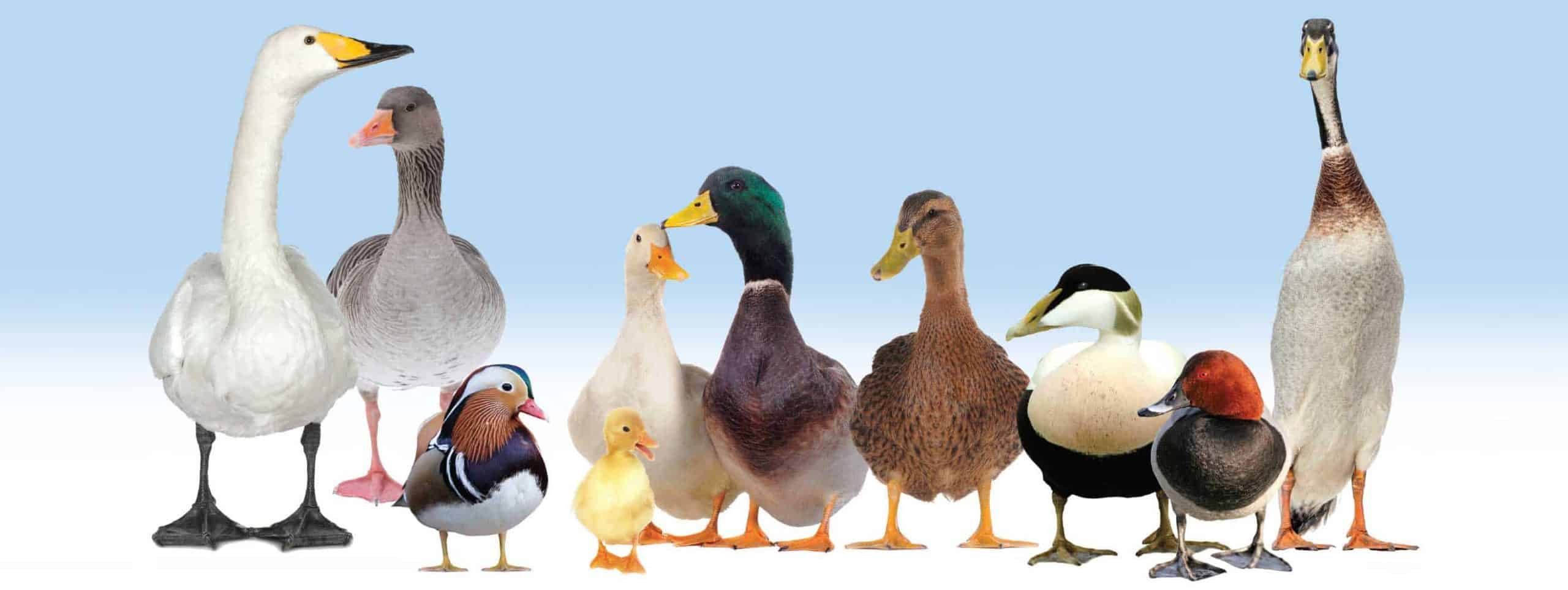Trapping
Few things are more soul destroying than coming out one morning to find your precious birds lying around dead or half-buried after a visit from a fox. Although the fox is perhaps the most destructive predator, we need to be aware of badgers, cats and dogs, crows and magpies.
Small predators like rats, mink, squirrels, stoats and weasels will always get in unless you build an enclosed aviary, but they can be dealt with by trapping. There are three main types of predator which can be trapped:
- crows and magpies
- foxes and rats
- mink, stoats and weasels
Always wear a pair of old gardening gloves when you are trapping, as the scent of human hands lingers for days.
Crows and Magpies
These can be caught in a Larsen trap. These are available from most gamebird suppliers. They are very effective for magpies and crows, especially if a call bird is used. Recently there have been changes to the rules regarding the taking of wild birds, you should check on the current situation here. Caught birds should be despatched swiftly and humanely.
The trap works on the principle of a new bird invading the territory of the existing birds. They fly down to investigate, land on the trap perch and are caught. For the best results it is advisable to use a magpie call bird from several miles away. Incidentally, this trap will catch crows if set in a crow’s territory i.e. under one of their nests. The call bird must have water and be fed daily. The food can vary from hen eggs to pieces of rabbit or pigeon or some tinned dog food. The trap must be attended to each day and regularly moved to a new position. Trapping times mainly correspond to the breeding season, from early March to April and again in June to catch fledgling magpies. It is not uncommon to catch a complete family in this way.
Foxes
Foxes are wily and can smell us coming. They are well aware that there are duck dinners to be had and will be patrolling your fences each night. Foxes can be caught in a live-catch, weld-mesh box-trap using a dead bait of an opened chicken or rabbit. It can be set anywhere but is best near to outbuildings or poultry sheds. Use straw or hay round the entrances to the trap and inside as well. You will have to check it daily, particularly early in the morning. The animal should be dispatched quickly and humanely by an experienced person. This trap is sometimes not so successful in rural areas. The best defence is adequate electric fencing. If one fox is removed from a territory, others will move in.
Rats, Mink, Stoats and Weasels
Rats are attracted by food, eggs and young ducklings. Stoats and weasels are mainly a problem when they are feeding young and will take eggs, ducklings and goslings. The best plan is to organise a number of strategically placed tunnel traps containing Fenn Mark 4 traps round the outside of the enclosure to catch any of these predators before they have a chance to get inside. If necessary, you can use some live-catch cage-traps in the enclosure as well, hoping you don’t get too many of your own inquisitive birds at the same time! (This is why you use live-catch traps here.) A trap in a box is also effective. Use maize or corn as bait for rats, and anything fishy for mink.
Mink will kill anything, at any time of year. They normally hunt in small groups so, if you catch one in an outlying trap, there are likely to be more. Many counties are actively attempting to eradicate mink. You may be able to get advice from a local Wildlife Trust, who might come and set monitoring floats. These are a tray of damp clay on a raft covered by a tunnel. They will show you what species are routinely passing through.
Rats are a nuisance all the year round but especially in the autumn when they come in from the fields to look for shelter and food. If food is left out for ad-lib feeding, it can be very difficult to clear an infestation so it is important to act straight away if any signs are seen: worn trails, dropping latrines at the water’s edge or earth thrown up from a tunnel. The rat is suspicious of anything new, they are neo-phobic. They do not see particularly well but have a keen sense of smell; they do love a tunnel. Poisoning should only be done outside the enclosure. Bait should not be accessible to non-target species and bodies should be sought out and destroyed by incineration. Rodenticides are more strictly controlled now than they once were. The strength available to the amateur is half what it was. The quantity you can purchase is also limited. Read the code of practice for bait poisoning here.

Snap traps in closed rodent boxes are very effective. The entry holes are small enough to exclude most ducks. Peanut butter is an excellent bait. Outlying tunnel traps are worth spending a little time on as they will be working continuously and must be checked at least once a day. They can be built of wood, stone, bricks or soil and turf. They should provide what looks like a safe haven for ground vermin to run into and out of at the other end – the theory being that most rats or mice don’t like to linger too long in the open. Traps near gateways work well, so, using some drainage pipe at each end, build up a tunnel with a space in the middle inside for the trap to work in. The tunnel must be above the water table and accessible only to vermin. Try to make the surrounding area look as natural as possible with a nice wide mouth leading to the entrance. Bring the chain attached to the trap through the wall of the tunnel and peg it to the ground outside. Use a slate or tile as a lid over the top so you can gain access when you want to remove the trap. You should be able to see at a glance if you have caught anything when you bend down and look along the tunnel. This is important if you are trapping near a public right of way or are open to the public gaze. If the trap is set properly it will kill every time. When you are re-setting it, don’t forget to flick the safety catch off before replacing the cover over the top.


